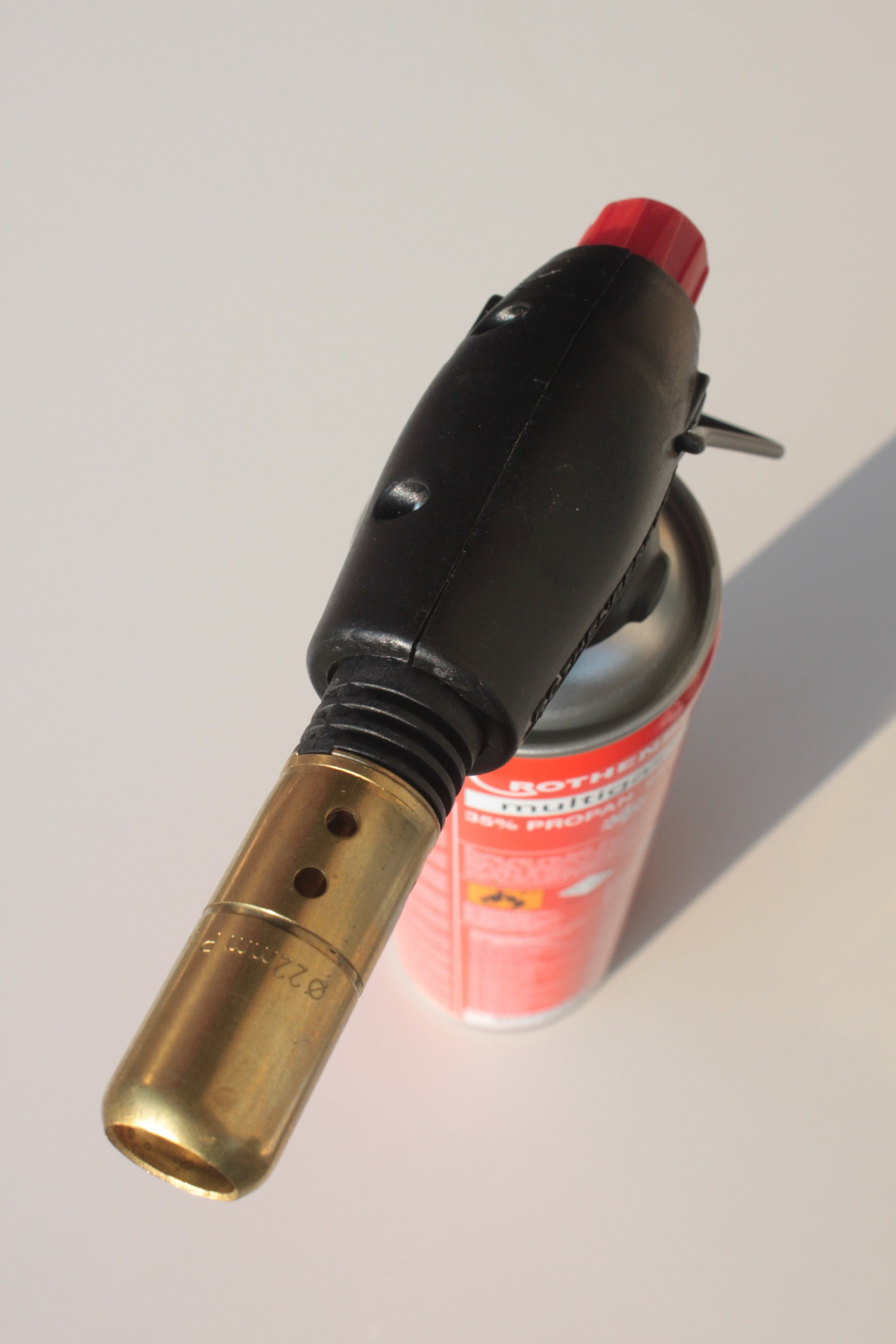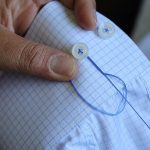
How to Use a Heat Gun
Contents
Zoom in on the heat gun nozzles
Step 1: Protect yourself!
Step 2: Scrape with a heat gun
Step 3: Clean the paint stripper nozzle
Step 4: Recycle the paint stripper residue
Using a paint stripper is relatively simple and within everyone’s reach as long as you follow the precautions for use.
A thermal stripper is a versatile tool that you can use to strip, weld, bend plastic pipes, de-ice water pipes, unclog screws, etc.
Using a thermal stripper allows you to renovate a wooden or metal surface to apply a new coating (paint, varnish). The principle is simple: the paint or varnish blisters and peels off its support under heat. All that remains is to scrape with a painter’s knife or triangular scraper to remove the coating.
Warning: if you suspect the presence of lead or asbestos in your paint (substances banned in 1948 and 1977, respectively), call in a specialized company to carry out an accurate diagnosis! Do not attempt to remove the paint yourself, as this could be dangerous for your health. These diagnoses are mandatory for any real estate sale or rental.
Focus on the heat gun nozzles
There are 5 types of nozzles for heat guns:
The deflector nozzle is used to bend plastic pipes.
The nozzle with an integrated blade allows stripping while scraping and is used on large flat surfaces.
The cone nozzle concentrates the hot air on a precise point.
The flattened nozzle distributes the heat over a larger area.
For example, the glass guard nozzle protects the glass when stripping a window frame.
Good to know: Many paint strippers are sold with a set of nozzles, a painter’s knife, and a triangular scraper.
1. Protect yourself!
Despite its resemblance to a hair dryer, a heat gun can burn, so don’t point it at your skin and keep it out of reach of children.
Before using a heat gun, there are precautions you should take for your protection:
Wear a mask to avoid breathing harmful fumes from certain paints and work in a well-ventilated environment: open windows if you are indoors.
Put on a pair of thick gloves (gardening type) to avoid burning yourself. Do not use plastic gloves, such as household gloves, which may melt!
Wear a pair of safety glasses.
2. Strip with a heat gun
To use a heat gun:
Lay out a tarp or old sheet on the ground and work on top of it to catch any scraps falling to the ground.
Install the proper nozzle for the surface to be stripped.
Plug the stripper into an electrical outlet and connect it to an extension cord if necessary.
After a few minutes of heating, the scraper will emit hot air: from about 100° to 600°C. The heat setting depends on the type of surface:
Choose a medium temperature for stripping wood: about 300°C.
Choose a high temperature to strip metal: between 500 and 600°C.
Aim the nozzle at 45° on the surface to be stripped, holding it a few centimeters away (between 5 and 10 cm) and moving it back and forth.
Caution: do not hold the thermal stripper in the same place. You risk burning the wood or deforming the metal! Always keep moving.
Scrape flat surfaces with the painter’s knife and moldings or corners with a triangular scraper as the coating blisters and peels off the substrate. If you are stripping wood, scrape along the grain of the wood.
Finish the stripping with fine sandpaper that will remove the last traces of paint or varnish.
Collect any residue that falls to the floor and put it in a container with a lid.
Good to know: to remove the last traces of paint or varnish, it is also possible to use a glass wool pad soaked in a chemical stripper. In this case, clean your surface with water or solvent according to the manufacturer’s instructions.
3. Clean the nozzle of the paint stripper
Cleaning a heat gun is simple:
Unplug the heat gun and let it cool completely.
Remove the nozzle and wipe it with a paper towel.
Place the paper towel in the container containing the stripped coating residue.
4. Recycle paint-stripping residues
Stripping waste can be toxic to the environment:
Put the residue in a closed container.
Please take it to the nearest waste disposal center for environmentally friendly recycling.
If the paint is lead-based, indicate this on the container: it is particularly toxic and requires special treatment.
Equipment needed to use a thermal stripper
Protective mask
Protective goggles
Thick protective gloves
Painter’s knife
Triangular scraper
Tarp
Jar with lid
Sanding paper
Absorbent paper











